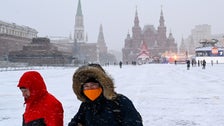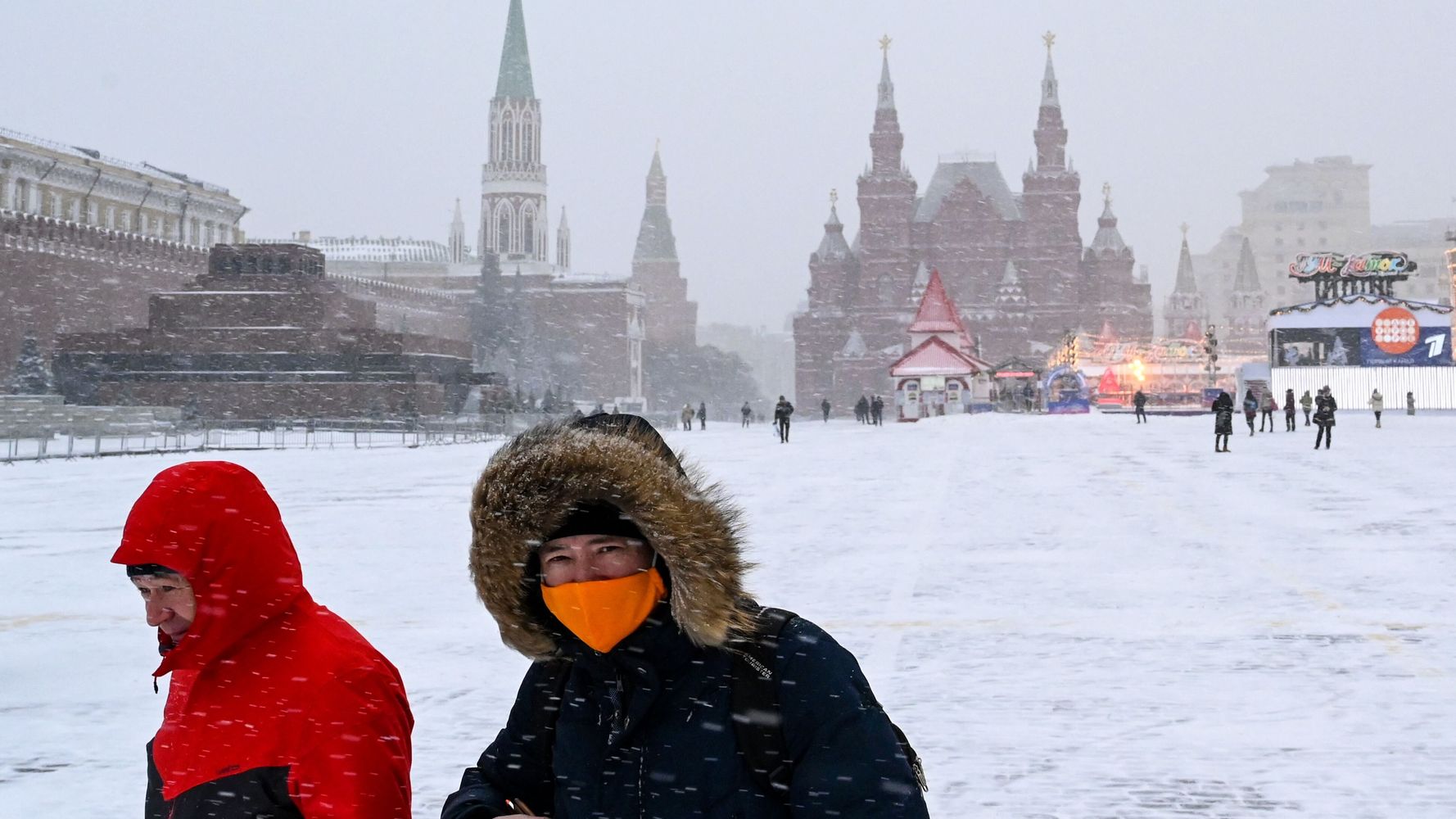[ad_1]

MOSCOW (AP) — Russia’s updated statistics on coronavirus-linked deaths show that well over 100,000 people with COVID-19 had died in the pandemic by December, a number much higher than previously reported by government officials.
The data released Monday by Russia’s state statistics agency, Rosstat, brought the agency’s count of people with COVID-19 who died between April and November to 116,030. That included cases where the virus was not the main cause of death and where the virus was suspected but not confirmed.
The data also showed that the number of deaths from all causes in the first 11 months of this year grew by 229,700, or nearly 14%, compared to the same period in 2019.
Deputy Prime Minister Tatyana Golikova told a government meeting Monday that the increase reported between January and November by Rosstat for the most part is related to the coronavirus.
“I would like to note that over 81% of the increase in mortality in this period is related to COVID and the consequences of being infected with COVID,” Golikova said.
Golikova’s comment suggests that some 186,000 deaths may be linked to the coronavirus.
Both Rosstat’s count and Golikova’s assessment are much higher than the 55,827 deaths that have been reported by the Russian government’s coronavirus task force, including deaths that occurred in December.
The task force’s relatively low death count, which is reflected in the numbers released by the World Health Organization, raised questions among experts at home and abroad several months ago, as Russia’s tally of confirmed coronavirus cases became one of the world’s largest.
The Kremlin credited effective response measures for Russia’s low COVID-19 mortality. But critics and Western media alleged back then that Russian authorities might have falsified the numbers for political purposes to play down the scale of the outbreak — accusations the authorities have bristled at.
Russian officials ascribe the differences between the numbers reported by the task force and Rosstat to different counting methods, saying the task force only includes deaths where COVID-19 was the main cause.
Officials also said the task force uses data collected from medical facilities, while Rosstat takes its numbers from civil registry offices where the process of registering a death is finalized.
While the task force reports COVID-19 deaths on a daily basis, Rosstat releases updated statistics every month and analyzes the data retroactively, which allows a fuller picture. The agency counted 70,921 deaths where COVID-19 was the main cause between April and November, while the task force reported only 40,464 deaths by Dec. 1.
Experts told The Associated Press that other factors, such as a tendency among officials to embellish statistics, Russia’s vast geography and the shorter life expectancy of its population, could also have contributed to the low official count.
Russia has been swept by a rapid resurgence of infections since September, with numbers of confirmed COVID-19 infections and deaths significantly exceeding those reported in the spring.
Authorities have resisted imposing a second nationwide lockdown or a widespread closure of businesses, saying the health system is largely coping with the influx of patients.
But medical workers in different parts of Russia interviewed by the AP in recent months paint a bleak picture of overwhelmed hospitals, ambulances inundated with calls and patients having to wait hours, if not days, to get medical help.
Some analysts suggest the Kremlin is betting on vaccinations against the virus to reverse the course of the outbreak and help avoid unpopular lockdown restrictions that delivered a serious blow to the weakening economy.
Earlier this month, Russian authorities started a mass vaccination campaign with the domestically developed Sputnik V shot that is still undergoing late-stage testing needed to ensure its safety and effectiveness.
Calling all HuffPost superfans!
Sign up for membership to become a founding member and help shape HuffPost’s next chapter
[ad_2]
Source


